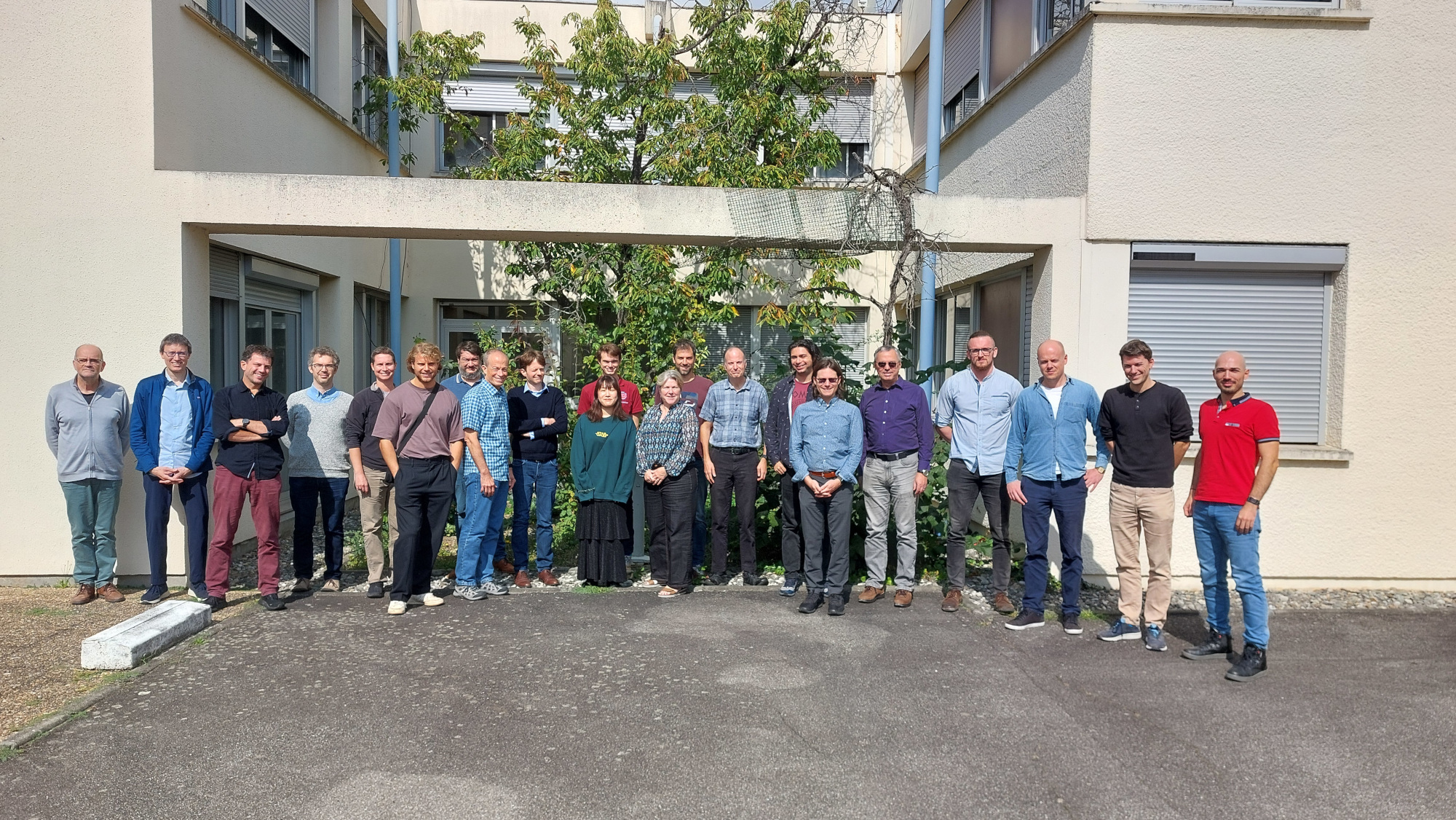International Workshop on the Radiative Properties of Martian Dust Aerosols
On September 23 and 24, 2024, IRAP hosted an international workshop on the radiative properties of Martian dust aerosols, organized by Aurélien STCHERBININE (IRAP, PEPS), Michael WOLFF (SSI), Jérémie LASUE (IRAP, PEPS) and Tanguy BERTRAND (LESIA), with support from the laboratory and the PEPS team.

Over these two days, more than twenty international researchers (from France, USA, UK, Spain and Japan) whose names are references in their fields and representing a wide range of space instruments involved in the observation of Martian dust as well as the development of major climate models, came together to discuss this theme.
The workshop provided an opportunity for modelers and observers to exchange views in a round-table format on the major current issues relating to Martian dust, its properties, dynamics and links with climate. In doing so, it allowed to highlight current challenges, and discuss actions to be taken and recommendations to be supported as a Martian aerosol community to address them.
The work carried out over these two days has laid the foundations for a comprehensive review of the subject, which will be circulated to the community and will help to better prepare future measurements of Martian aerosols, notably for the MMX mission in which IRAP is involved.
IRAP Contacts
- Aurélien STCHERBININE, Aurelien.Stcherbinine@irap.omp.eu
- Jérémie LASUE, Jeremie.Lasue@irap.omp.eu






